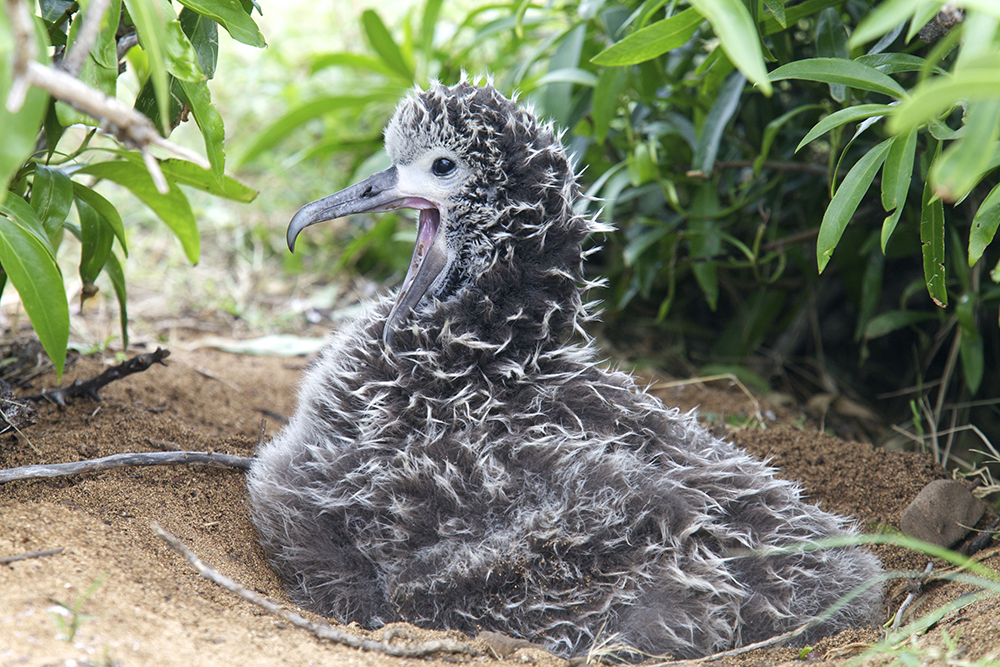December 4, 2024
The Ebiil Society: Champions of Palau
Ann Singeo, founder of our partner organization the Ebiil Society, shares her vision for a thriving Palau and a flourishing world of indigenous science!
We use cookies to help you navigate efficiently and perform certain functions. You will find detailed information about all cookies under each consent category below.
The cookies that are categorized as "Necessary" are stored on your browser as they are essential for enabling the basic functionalities of the site. ...
Necessary cookies are required to enable the basic features of this site, such as providing secure log-in or adjusting your consent preferences. These cookies do not store any personally identifiable data.
Functional cookies help perform certain functionalities like sharing the content of the website on social media platforms, collecting feedback, and other third-party features.
Analytical cookies are used to understand how visitors interact with the website. These cookies help provide information on metrics such as the number of visitors, bounce rate, traffic source, etc.
Performance cookies are used to understand and analyze the key performance indexes of the website which helps in delivering a better user experience for the visitors.
Advertisement cookies are used to provide visitors with customized advertisements based on the pages you visited previously and to analyze the effectiveness of the ad campaigns.
Looking to make an impact this Earth Month? Here’s how.

Earthquake-generated tsunamis can cause sudden flooding in coastal areas and islands. Damage to human health and infrastructure caused by past tsunamis is well-documented–but what happens to the affected region’s wildlife? In a study published in the journal “Ecology and Evolution” researchers traced the impact of the Tōhoku tsunami of March 2011 on island seabirds. The tsunami crashed ashore the some of the world’s largest remaining seabird nesting areas on Midway Atoll and Laysan Island in Hawai’i.

The tsunami struck at night and during peak nesting season for many internationally important seabirds. Twenty-three species of seabird were impacted by sudden flooding. On Laysan Island, the habitat loss caused by flooding negatively impacted the Endangered Laysan Duck. This Hawai’i-endemic bird is sensitive to ecosystem changes, and cannot pick up and move because it does not migrate or live anywhere else in the world. Scientists estimated that more than 275,000 nests belonging to Black-footed Albatross were also flooded and a large number of Near-threatened Laysan Albatross chicks were lost during the 2011 tsunami.

Sea level rise will likely increase the frequency and intensity of sudden flooding events; understanding how native island species will fare is critical. John Klavitter, co-author on the study and manager for the U.S. Fish and Wildlife said:
We can better understand where the populations are most vulnerable to flooding, what proportions of the seabird populations are most vulnerable, and where restoration and invasive predator management may achieve the most long-term value.
Many seabird species living on islands are already struggling to survive. Native species will have lowered resilience against sea level rise if they have low populations due to invasive predators. However, it is difficult to predict exactly what will happen to island seabirds when sea level rise occurs.
A tsunami, although catastrophic, offers a meager silver lining in that it can help scientists further understand the unsettling reality many seabird species will continue to face. In this study researchers provide insight into potential long-term threats and the climate change resilience of Hawaiian seabirds. Scientists hope the information can help in the planning of restoration and conservation efforts on Midway Atoll and Laysan.
Sudden flooding events are predicted to increase. Protecting native seabirds from invasive species and discovering new ways to protect them from rising seas can support the mission of preventing extinctions.
Featured photo: Brown Noddies on Midway Atoll. Credit: Gregg Howald/Island Conservation
Source: U.S. Geological Survey
Check out other journal entries we think you might be interested in.
Notifications